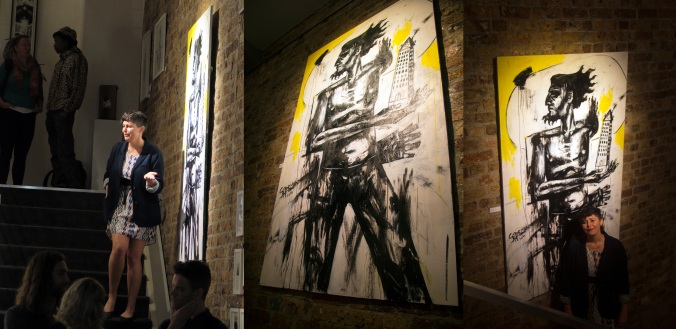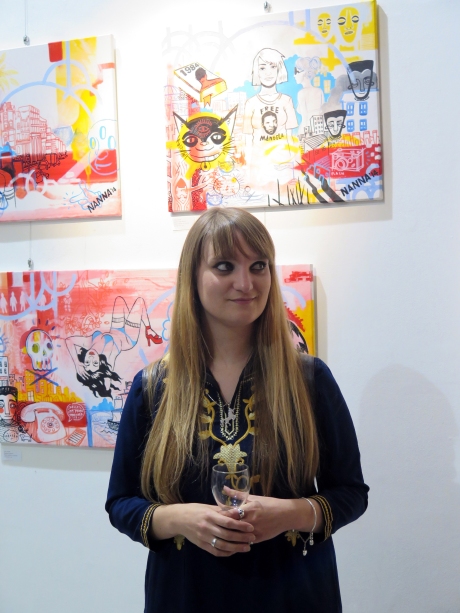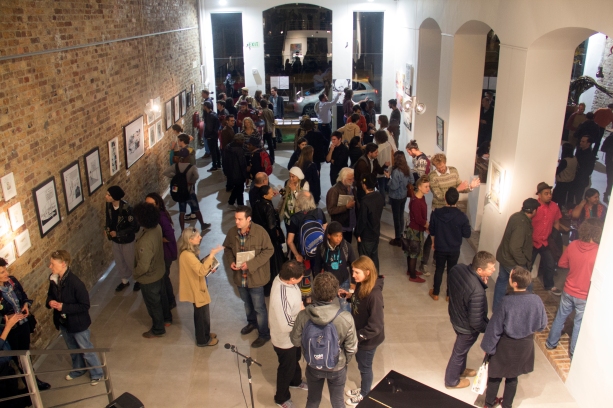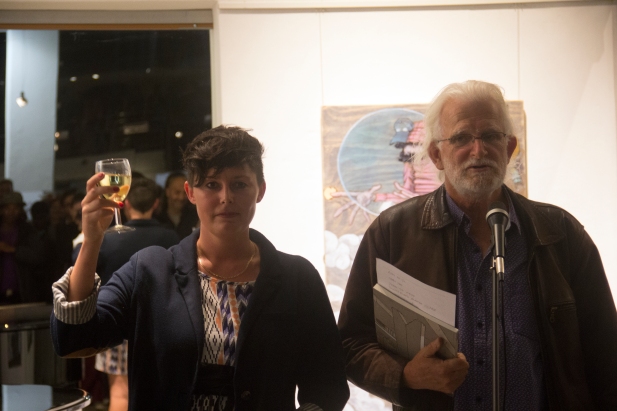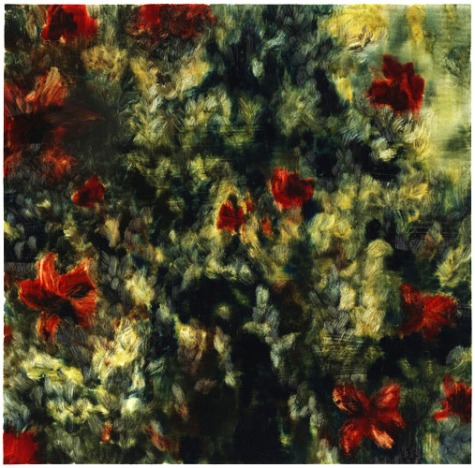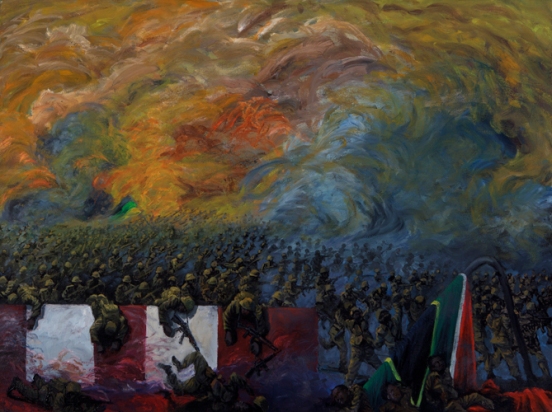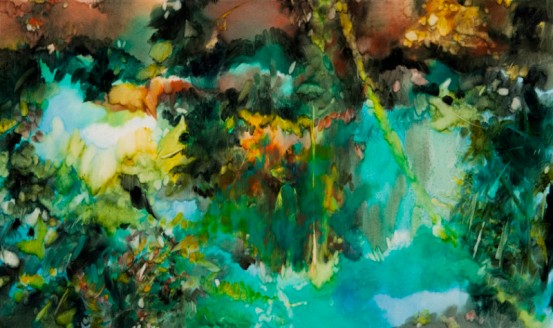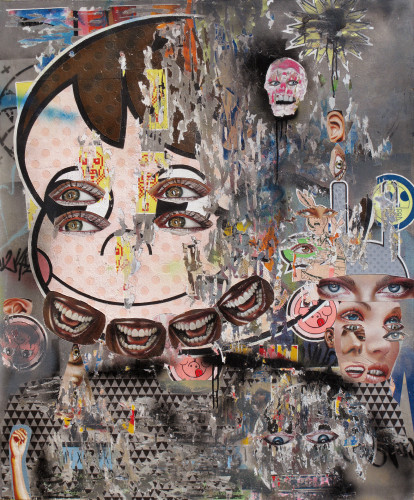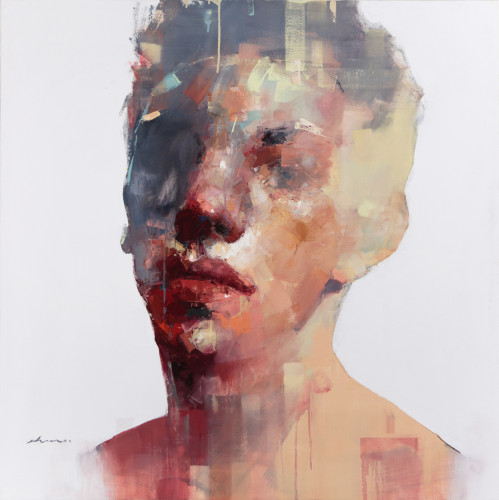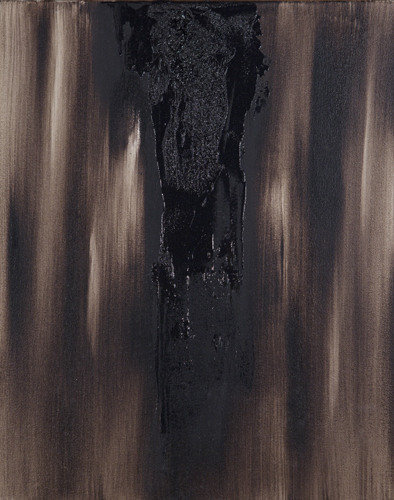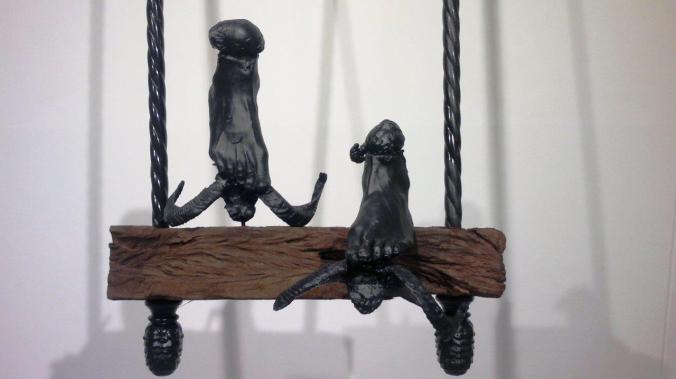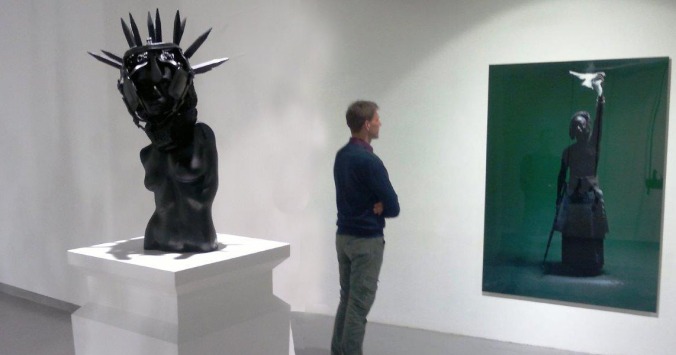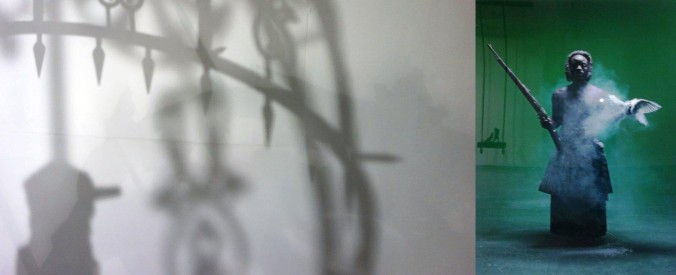I’ve had the great pleasure of coordinating the GrafLit Event this year. For those of you that don’t know, GrafLit is a concept that was originally created by Andy Mason and Keith Dietrich in 2013 and comprises of a joint exhibition and publication with SA brewed comic art as its focus. The exhibition functions as the official launch for the publication and is hosted by the Younblood Gallery in Cape Town. What we’ve a achieved this year was amazing, especially since the event has grown greatly in scope and impact. I was amazed by the interest the public showed, as well as the willingness of the artists to contribute new work. From my side, it’s inspiring to see a break from the tenets of Bitterkomix that have dominated the visual character of SA comics for so long.
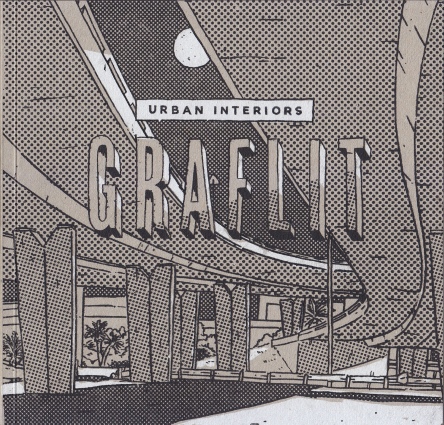
GrafLit – Urban Interiors.
Editorial Team: Su Opperman, Andy Mason, Jean de Wet and Keda Gomes. Cover by Hanno van Zyl.
The theme for this year’s GrafLit publication is rooted in the Urban landscape of Cape Town – where environment meets spyche, metaphors are constantly shaped and altered. Consequently, the publication reflects each artist’s unique internalisations of the the city-sphere. The elements that comprise Cape Town has left a mark on its residents, how we interpret our environment also affects how we realize our notions of a shared space. Seeing the various reflections of Cape Town in this publication, showed the city as both a concrete reality and a conceptual occurrence – a space in which an assortment of parallel narratives exist simultaneously, whether they be contested, included, excluded, individual or culturally located, I’m just glad that we’ve caught some them in the pages of this book.
On a personal note, working alongside the likes of Jean de Wet was just an amazing experience. His eye for detail and his obsessive perfectionism can only bode well for any publication. Thanks Jean! Having the cover silk-screened was such a good choice, it created a wonderful tactile experience, reminding the reader that; for all it contains a book is still an object. Creating an anthology also has its own challenges, from managing 24 artists and also getting them ready for a group exhibition really tests logistics, but the editorial team pulled through and managed to draw something concrete from all the disparate visuals we gathered, thanks to a cohesive theme. In all honesty, I do think this year’s GrafLit publication has set a certain standard for future local comics anthologies. It’s amazing what you can achieve with a minimal budget, but you do need some form of budget at least! In that regard, I’d just like to thank the CCIBA for providing the monies to make this possible. There is such amazing talent of South African creativity out there, but only a minimum of it ever gets realised because of financial constraints in this country. At least some of it gets out there and Cape Town is never lacking in creative potential! I’m glad be a part of that and to contribute in my own small way.
The theme I based the publication on was actually based on a painting I had in mind, initially. Consequently, I constructed the whole project around the painting I wanted to make for the exhibition. It all came together nicely. Often what happens when your in the comics genre, is that people forget that you’re a serious artist and that you’re not just constrained to books, but can in fact can make larger works. One of the chief aims of GrafLit is to expose comics book artists as artists to be taken seriously within the mind of the public. Artists that are capable of working within a variety of genres and mediums and who can express themselves successfully on divergent platforms. Creative enterprise is never limited to a singular expression, but rather feeds of multiple influences simultaneously. Comic art is a prime example thereof and that is one of things that we showcase through this exhibition.
Anja Venter. Another multi-talented individual It was just amazing to work with all these artists, each with their own process, visual characteristics and stories. Anja created one of my favourite stories within the anthology. Another was Jean de Wet’s and Daniel du Plessis’s.
Just amazing to see an event solely geared towards comic art and it being a success!
Cheers Everybody! And thanks for the support, next year is gonna be a blast!
